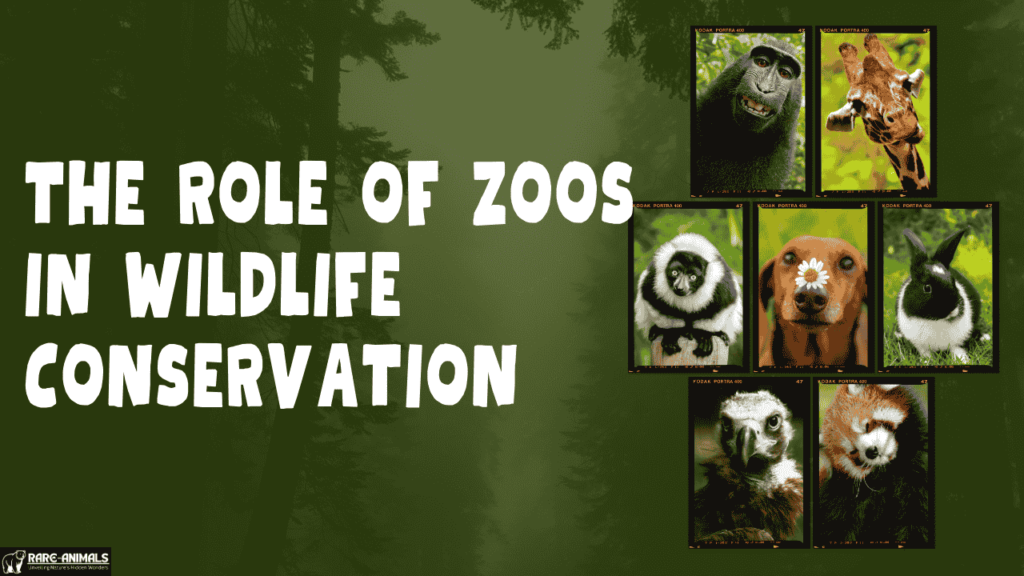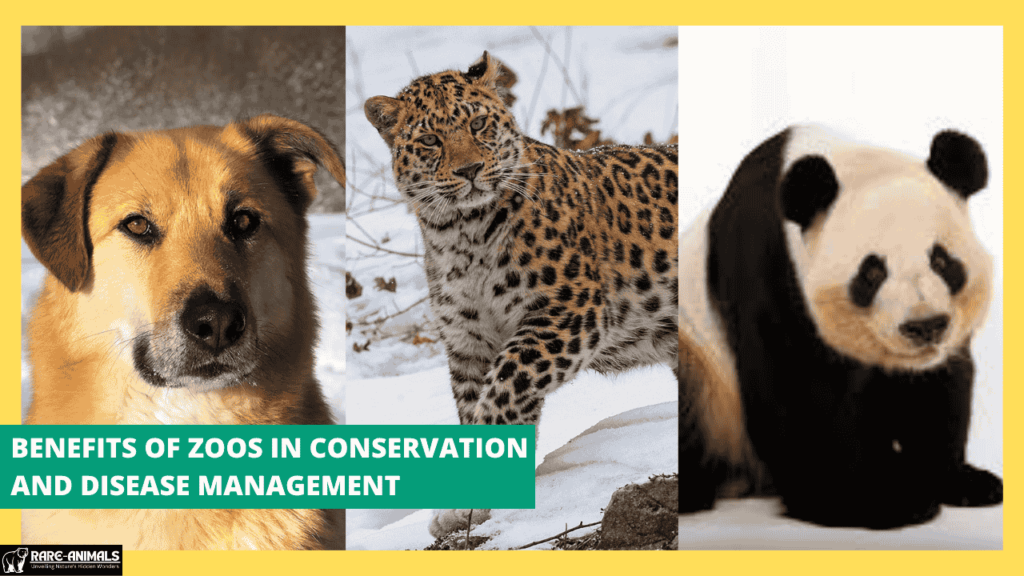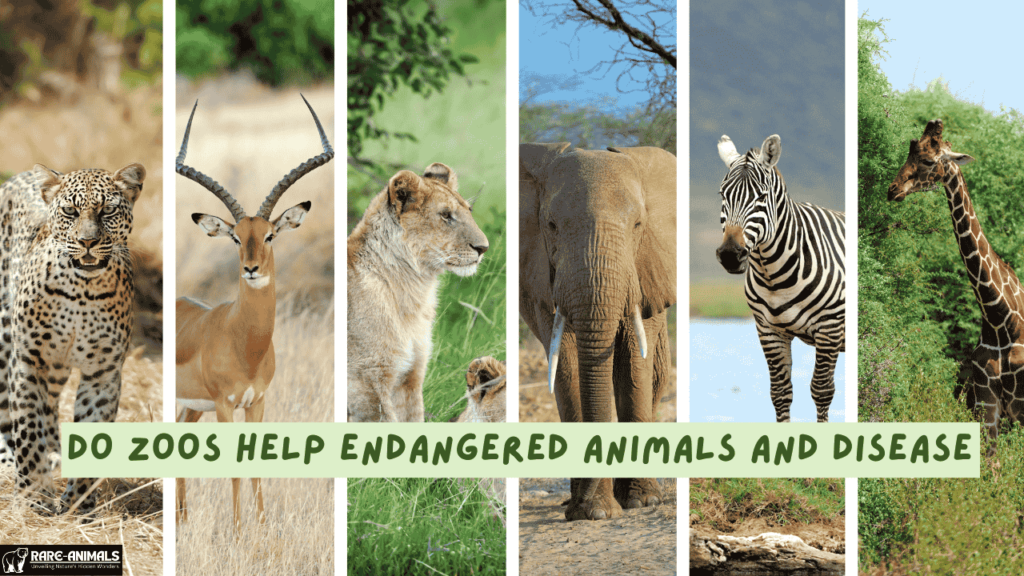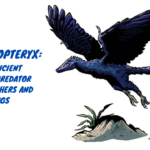Zoos have long been a source of fascination and education for people worldwide. While they serve as places to witness wildlife up close, their roles have evolved significantly in recent years.
Modern zoos are no longer just for public entertainment; they have become vital hubs for wildlife conservation, endangered species recovery, and even the study and prevention of diseases that affect both animals and humans.
This article explores the critical roles zoos play in helping endangered animals and addressing disease challenges. We will examine the benefits, criticisms, and limitations of zoos and their contributions to these issues. Tables will be used to summarize essential information for clarity.
The Role of Zoos in Wildlife Conservation
Zoos are increasingly recognized as valuable contributors to the survival of endangered species. Conservation programs, breeding initiatives, and habitat restoration projects managed by zoos are some of the ways they protect wildlife.

How Zoos Support Endangered Animals
- Captive Breeding Programs
Zoos participate in breeding programs designed to increase the population of endangered species. Captive breeding helps maintain genetic diversity and safeguards species from extinction. - Reintroduction to the Wild
Many zoos collaborate with wildlife organizations to reintroduce animals bred in captivity into their natural habitats. This strategy has proven effective for species like the California condor and the Arabian oryx. - Conservation Education
Zoos educate millions of visitors annually about the threats faced by endangered species, fostering awareness and inspiring action. - Research and Innovation
Modern zoos conduct research on animal behavior, reproduction, and genetics, which informs global conservation efforts.
| Species | Zoo Program | Conservation Outcome |
|---|---|---|
| California Condor | San Diego Zoo | Population increased from 27 to 500+ |
| Arabian Oryx | Phoenix Zoo | Reintroduced to the wild, now “Vulnerable” |
| Golden Lion Tamarin | National Zoo (Washington D.C.) | Population stabilized through captive breeding |
| Amur Leopard | European Zoos (EEP) | Population growth in captivity |
| Giant Panda | Chengdu Research Base | Downgraded from “Endangered” to “Vulnerable” |
The Role of Zoos in Combating Disease
Beyond their work with endangered species, zoos also contribute to understanding and managing diseases. Wildlife health research conducted in zoos benefits not only animals but humans as well.
How Zoos Address Animal and Zoonotic Diseases
- Veterinary Care and Disease Management
Zoos employ expert veterinarians who monitor animal health, prevent disease outbreaks, and treat illnesses. They use advanced medical tools to research diseases affecting both wild and captive populations. - Disease Surveillance
Zoo animals can serve as sentinels for detecting emerging diseases. Monitoring their health provides insights into diseases that could spread to wild populations or humans. - Zoonotic Disease Research
Zoos contribute to research on zoonotic diseases (diseases that can jump from animals to humans), such as avian influenza, Ebola, and COVID-19. - Collaboration with Global Health Organizations
Zoos work with entities like the World Health Organization (WHO) and World Wildlife Fund (WWF) to prevent and control wildlife diseases.
Disease Research Conducted by Zoos
| Disease | Zoo Contribution | Impact |
|---|---|---|
| Avian Influenza | Monitoring bird species in zoos | Early detection of virus strains |
| Elephant Herpes Virus | Research on Asian elephants | Improved treatment protocols |
| Amphibian Chytridiomycosis | Study of captive amphibians | Strategies to combat fungal infections |
| Rabies | Monitoring bat populations in captivity | Insights into transmission dynamics |
| COVID-19 | Testing big cats and other mammals | Understanding virus transmission to animals |
Benefits of Zoos in Conservation and Disease Management
Conservation Benefits
- Saving Species from Extinction
Zoos have played a critical role in saving species like the Hawaiian crow and the Przewalski’s horse, both of which faced extinction. - Ex-situ Conservation
Zoos serve as safe havens for species whose natural habitats are threatened by deforestation, climate change, and human activities. - Public Engagement
Zoos inspire public interest and funding for conservation initiatives through engaging exhibits and educational programs.
Disease Management Benefits
- Wildlife Disease Control
Zoos help control diseases that threaten wildlife populations, such as white-nose syndrome in bats and chronic wasting disease in deer. - One Health Approach
Zoos contribute to the “One Health” approach, which emphasizes the interconnectedness of human, animal, and environmental health. - Medical Advances
Research conducted in zoos has led to medical breakthroughs that benefit both animals and humans.

Criticisms and Challenges
While zoos have made significant contributions, they are not without criticism.
Ethical Concerns
- Animal Welfare
Critics argue that captivity restricts natural behaviors and can lead to physical and psychological stress for animals. - Space Limitations
Many zoos lack the space to provide large, roaming species with adequate habitats.
Limitations in Conservation
- Limited Impact on Wild Populations
Some argue that zoos focus too heavily on individual species without addressing broader environmental challenges. - Genetic Bottlenecks
Captive breeding programs can lead to inbreeding if not carefully managed, reducing genetic diversity. - Cost of Operations
Running zoos and conservation programs requires significant funding, which can be a barrier for smaller institutions.
| Aspect | Advantages | Disadvantages |
|---|---|---|
| Conservation | Saves species from extinction | Limited impact on natural ecosystems |
| Education | Raises public awareness | Potential bias in presenting information |
| Research | Advances knowledge of wildlife health | Ethical concerns over invasive studies |
| Animal Welfare | Provides safety from predators, poachers | Restricts natural behaviors |
Conclusion
Zoos play a multifaceted role in supporting endangered animals and addressing diseases. They have successfully saved species from extinction, contributed to groundbreaking disease research, and fostered public awareness about wildlife conservation.
However, zoos face challenges, including ethical concerns and resource limitations. As zoos continue to evolve, balancing conservation, education, and ethical treatment of animals will be critical to their success.
By integrating advanced technology, collaborating with global organizations, and prioritizing animal welfare, zoos can enhance their contributions to wildlife conservation and disease management. Ultimately, the future of zoos lies in their ability to adapt and innovate while keeping their core mission of protecting biodiversity intact.
FAQs
1. How do zoos help endangered species?
Zoos help endangered species through captive breeding programs, reintroduction initiatives, habitat restoration, and conservation education.
2. What diseases do zoos study?
Zoos study a wide range of diseases, including zoonotic diseases like avian influenza, amphibian chytridiomycosis, and elephant herpesvirus.
3. Are all zoos involved in conservation?
Not all zoos actively participate in conservation, but accredited institutions often prioritize conservation and research as part of their mission.
4. Do animals in zoos live longer than in the wild?
In many cases, animals in zoos live longer due to regular veterinary care and the absence of predators. However, this varies by species and zoo conditions.
5. What is the “One Health” approach in zoos?
The “One Health” approach emphasizes the interconnectedness of human, animal, and environmental health, with zoos contributing to research and disease prevention.

Alveena is an experienced content writer with a knack for crafting engaging and insightful pieces. She thrives on breaking down complex ideas and presenting them as clear, captivating content that resonates with readers.








2 thoughts on “Do Zoos Help Endangered Animals and Disease?”